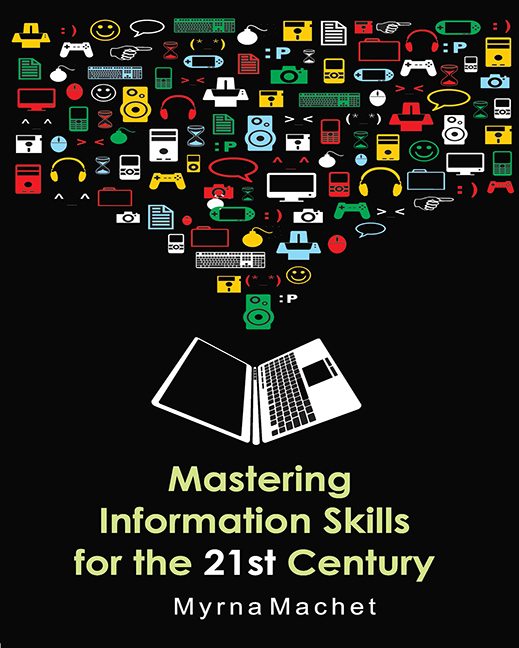8 - Constructing a Work Plan
Published online by Cambridge University Press: 28 February 2020
Summary
Introduction
Read the following scenario and then answer the questions below:
Veli liked to get her work done in time. When she got an assignment she would jump right in and start reading up on the topic and making notes. As soon as she felt she had enough information she would start to write her assignment. However, she often found that she had included irrelevant information in her notes. Another problem she sometimes had was that in spite of having taken copious notes she didn't have enough information on one or two aspects and had to go back to the library. She was also often disappointed in the marks she received for her assignments. In spite of having worked hard and read up on the topic the lecturer would make comments such as'too much irrelevant information’ or'not enough information on various relevant aspects'.
If we look at the scenario above we can see that Veli had problems with her assignment because she wanted to start writing as soon as possible. She skipped the interpretation and planning stage and began immediately looking for information. As a result she read sources and took notes without a clear idea of what was relevant. All she had was a very general idea of the topic. Then when she sat down to write the assignment she found that some of her notes were irrelevant and she did not have enough information on some of the important aspects of the topic. She also found that her marks did not reflect the amount of work that she had put into the assignment. This could have been avoided by spending some time interpreting the topic.
• Do you take time to read and analyse an assignment question? Yes/No
• When you start working on an assignment do you have a work plan? Yes/ No
• Do you identify the keywords in the assignment topic before you begin finding information? Yes/No
If you answered no to these questions then it is very important for you to study this chapter because in this chapter we will learn how to analyse an assignment topic and develop a work plan.
- Type
- Chapter
- Information
- Mastering Information Skills for the 21st Century , pp. 121 - 135Publisher: University of South AfricaPrint publication year: 2012

